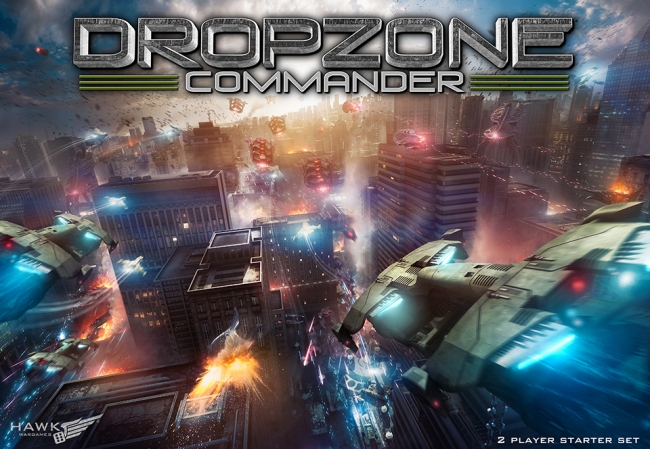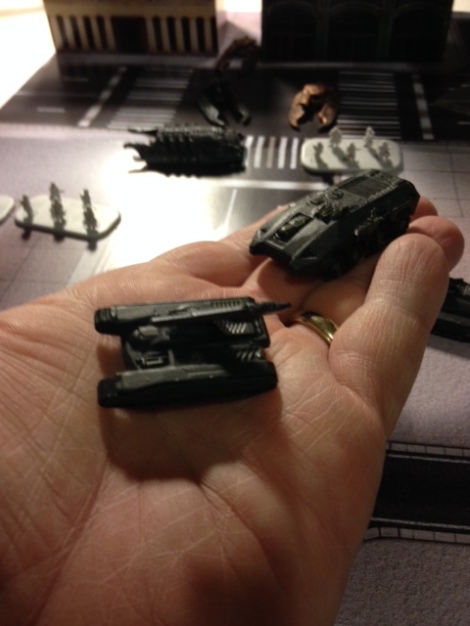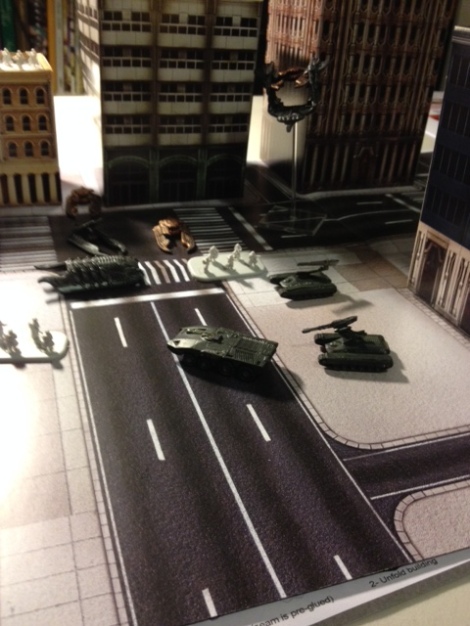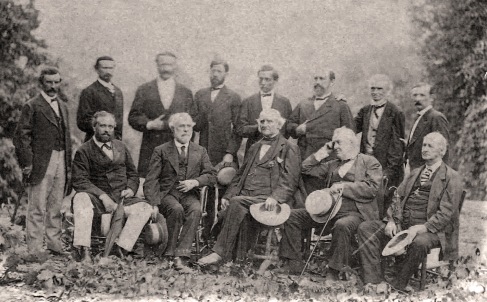For anyone working in information technology, the plight of the US government’s Healthcare.gov web site has provided us all with a sense of déjà-vu. Everyone has witnessed an application deployment that has tanked. As IT professionals, we also know that eventually these “undocumented features,” (bugs) will get fixed, worked around, patched, re-patched, documented, or replaced.
I’m not going to crawl through all of the political posturing on both sides about the website of the healthcare act. For geeks, this is just backdrop to the real show. We are just all kicking back laughing our butts off as the mainstream media, Congress, the Department of Health and Human Services, and the White House attempt to discuss a purely IT topic and fail so miserably in the process. Nothing is as funny as a Congressman attempting to wrap his hands around something a wee bit more complicated than his antiquated BlackBerry. I personally laugh out loud as the pundits on both sides attempt to sound IT-savvy. It’s so cute… They remind me of Penny on the Big Bang Theory.
So far the IT folks are on the sidelines in the debate, which is even funnier. The people talking about the problem(s) really have no idea how this happened, or what is needed to fix it – regardless of what party you are in or your thoughts on healthcare in this country. So they ask, well, stupid questions like, “What’s it going to take to fix this?” How about a time machine and some prayer? This is what you get when you pimp out the most important and publicized web site launch in the last five years to the lowest bidder.
Look, I can solve this for you and I know absolutely nothing about this web site or its design. It really is that easy. Here are the questions you should be asking and answering:
1. Was there scope creep? When were the requirements locked down? I’ll put dollars-to-doughnuts that folks were making changes to this beast right up to the moment of launch. Every IT person who has witness scope creep can spot it a mile off – and this project oozes of it. A good follow-on question is who signed off on the design of this site and when? You know this is an issue when testimony on Capitol Hill is sprinkled with phrases like, “late decisions…”
2. What was the test plan – who agreed to launch this without a proper pilot test? It is clear that this puppy was never really stress tested before it was launched. So who agreed to push this out to the public before it was properly tested. I heard there was basic alpha testing done – after the launch. I assure you that doing it after you launch is pretty much a waste of time and effort. You do your testing before you have end-users collide with your digital debacle.
3. Who is managing the vendor relationships? I live outside of DC and cut my teeth doing government contracting, so let me tell you, there was more than a handful of contractors involved. Even the big contractors have subcontractors who have subcontractors. Add into this mix the actual insurance companies in the states and their staffs and their contractors and I’m willing to bet there was a small army of vendors with their fingers in the pie. Better yet, I can assure you that no one person was overseeing, managing, and coordinating all of these bozos. It was a recipe for debacle-stew.
4. Were necessary data connections with the insurance sites established with time to validate they were working well? This isn’t just a web site, it’s a bridge to a lot of other web sites. You have to pass data – and to do that, you need to coordinate heavily with the vendors. I’ll put down $5 that a lot of these vital connections were done at the last minute.
5. What was your expected traffic to the site…and who signed off on that? I keep hearing phrases like, “We’ve had an unexpectedly high volume of visits to the site.” What was the freaking surprise? Let me help you – oh great government IT seers – when you tell people that if they don’t sign up for insurance they will be fined – they are going to visit your site! You can account for several thousand hits alone every hour by Fox News (attempting to prove the site doesn’t work) and MSNBC (showing just how awesome the graphics are!) Only some moron in the government would be surprised by the number of people visiting the site. And the expected traffic volume, that governs your design and the infrastructure, which can explain why it is slow.
6. Did you have anyone who had built a large-scale commercial web site help with the design? Think of it this way – have you ever tried to use a US Government web site? Even the good ones are, well, crap. Broken links, search engine errors, and many have all of the appeal of an IRS audit (who also, I might add, has a bad web site.) Did we just hire some government contractors to design a government site to perform commercial transactions? Really?
7. Who came up with this launch plan? You can deploy something like this in a controlled manner, or “big bang,” blasting it out to everyone. Controlled deployments, you start with a state like Rhode Island, shake out the quirks and bugs, then after a few weeks, add in two more states, gradually ramping up to the whole nation. Big bang deployments introduce unnecessary risk and can sour your end-users because problems, even minor ones, impact thousands of people and tick them off. Naturally we pushed for a big bang – you know, to share the misery.
Those of us in IT in the real-world know that this has already become a blame game, which doesn’t solve any of the actual problems but makes great press. The sad part is, the actual guilty parties will go on to do other IT programs. In the meantime, those of us in the IT community have been enjoying watching Congress and our Fearless Leader struggle with a traditional suite of IT issues. To coin Bruce Willis in Die Hard, “Welcome to the party pal!”







